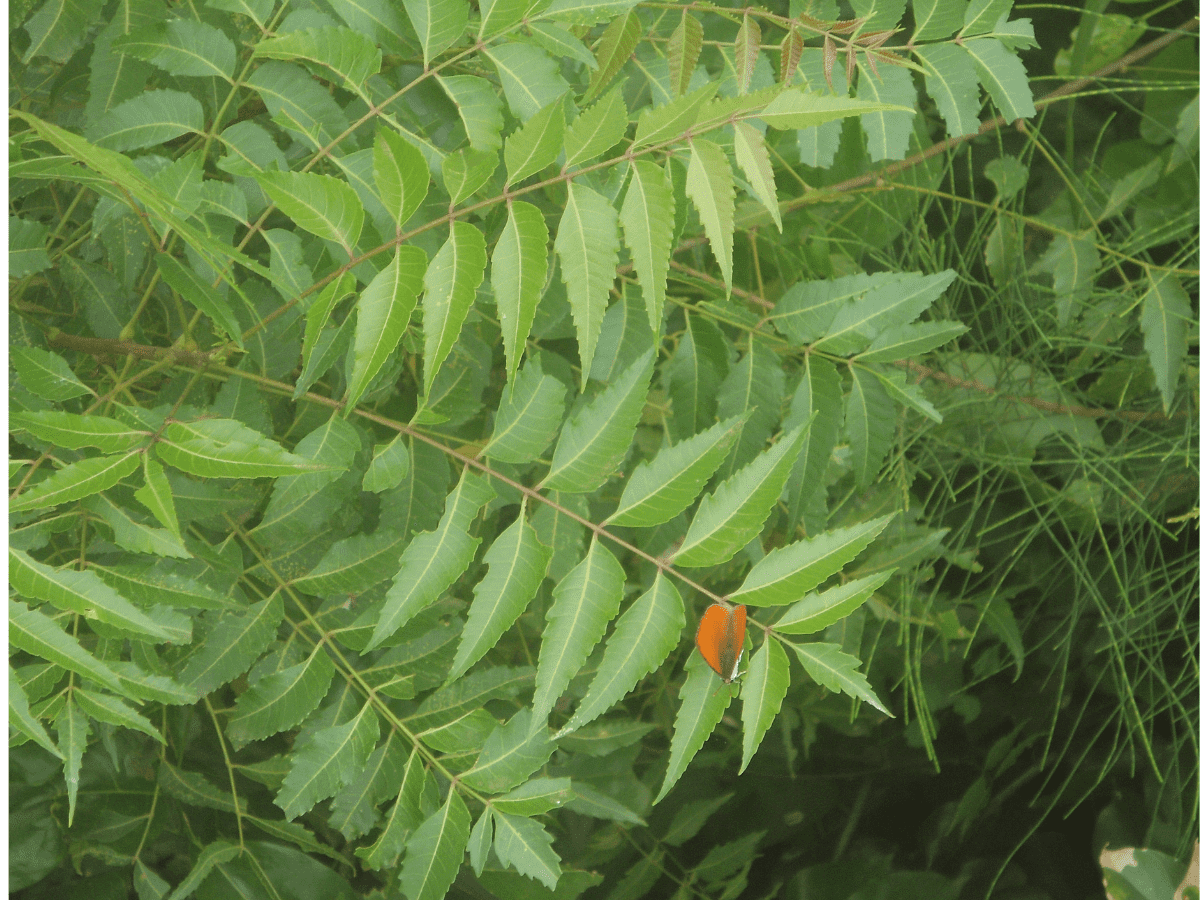
Hyderabad: Neem shows antibacterial, antifungal and other versatile properties, but it does not exempt the neem trees from being attacked by pests and diseases.
It has become a familiar sight in Telangana and also in some other southern states over the last few years that twigs and leaves of neem trees dry up.
The disease posing a threat to the neem trees has been identified as twig blight and dieback disease in Telangana, and it has reappeared in the state this year on a massive scale.
The disease is very widespread in Telangana this season, said Jagadeesh Batthula, Assistant Professor (Plant Protection) in the state-run Forest College and Research Institute in Siddipet district of Telangana.
The dieback disease affects leaves, twigs and the inflorescence of neem trees of all ages and it causes almost 100 per cent loss of fruit production in severely infected trees, he told PTI.
The dieback disease was first reported in the country during the 1990s near Dehradun in Uttarakhand, while it was first noticed in Telangana in 2019, he said.
Since it was first detected three years ago, the disease had waned but resurfaced in Telangana this time around.
The dieback disease is mainly caused by the fungi Phomopsis Azadirachtae, said Jagadeeshwar, Director of Research at the Professor Jayashankar Telangana State Agricultural University (PJTSAU) here.
Batthula said the appearance of symptoms starts with the onset of the rainy season and becomes progressively severe in the later part of the rainy season and early winter.
The dieback is a fungal disease but the neem trees are sometimes hit by insect infestation and the combination of both increases its impact, he said.
Though neem trees are strong enough to combat the damage caused by the disease, measures to control its spread can be undertaken at community level for better results, he said.
Asked as to how the spread of the disease can be contained, he said unlike agricultural crops, spraying of fungicides or insecticides on neem trees is a difficult task.
“Carrying out spraying on a big neem tree is not easy. It requires a special kind of equipment,” he said.
To control the disease, Batthula said the twigs affected by the disease should be cut and a blend of fungicide and insecticide can be sprayed after their removal.
Alternatively, a pit should be dug around an affected tree and water mixed with fungicide and an insecticide should be poured in it.
However, the efforts to treat the affected trees should be taken up as a cluster either in a village or in a residential locality in urban areas as the fungus is airborne. Even if treatment is carried out for one tree, the fungus spores from a nearby tree can affect the treated plant again, he said.
Jagadeeshwar also observed that spraying chemicals on big trees is difficult as it may hit insects like butterflies and also pollute water bodies nearby. Contamination of water bodies poses a danger to humans and animals who use the water. However, small plants can be saved in places where they can be closely monitored, he said.
Batthula said awareness has increased on the issue of late and some NGOs have also shown interest to take the initiative to address the problem.
